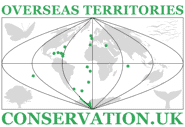Cyprus Sovereign Base Areas
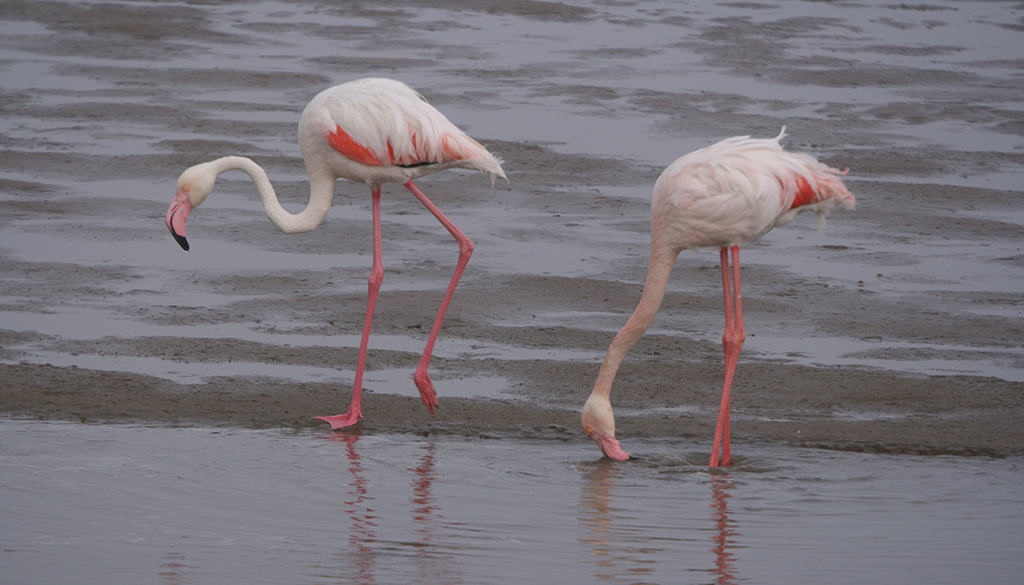
We give information about Cyprus in two main ways. Although there is some overlap, they are largely complementary. The virtual tour (opens in new window) uses a set of standard headings for each territory and, within these headings, presents what is essentially an illustrated slide-show, which can be viewed as a whole or by its sections. (If you have a slow internet connection, it may be easier to view the virtual tour.) The articles below are more variable in format and content, as indicated by the links.
The Areas
The British Sovereign Base Areas (SBAs) of Akrotiri and Dhekelia comprise those parts of Cyprus which stayed under British jurisdiction and remained British sovereign territory when the 1960 Treaty of Establishment created the independent Republic of Cyprus. The island of Cyprus is at 35 00 N, 33 00 E.
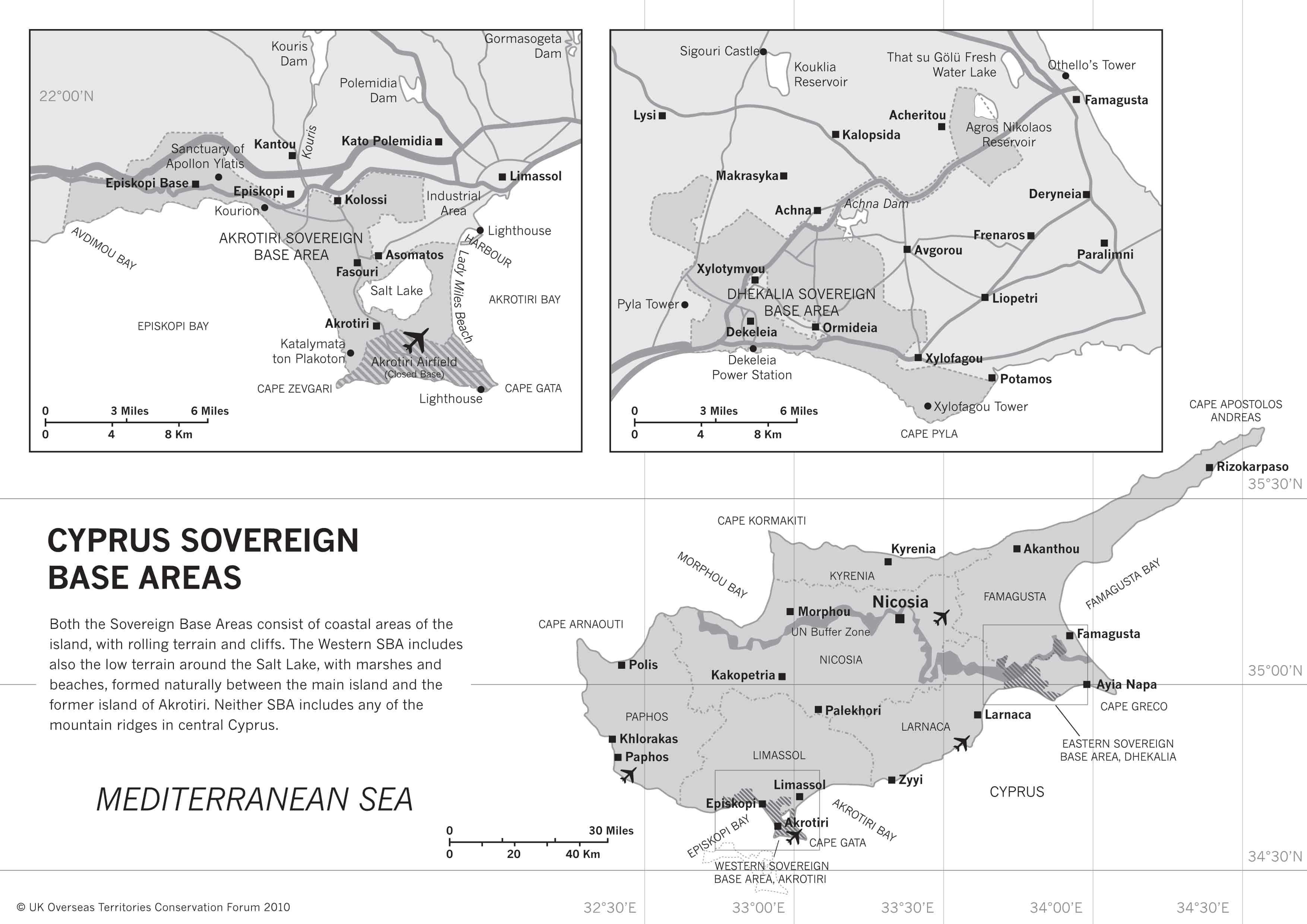
The climate is Mediterranean with hot, dry summers and cool winters. The island consists of a central plain with mountains to north and south with scattered but significant plains along southern coast.
Because they are run as military bases, the Sovereign Base Area Administration (SBAA) reports to the British Ministry of Defence in London, rather than the Foreign and Commonwealth Office. Nevertheless they are a British Overseas Territory with a civilian administration working under an Administrator who is Commander of the British Forces, Cyprus. The Chief Officer, Administrative Secretary, Resident Judge, Chief Constable and other senior officials are recruited from, or seconded from, UK departments. The administration of the Bases is driven by three main policy objectives: effective use as a military base; full co-operation with the Republic of Cyprus; and protection of those resident or working in the Bases.
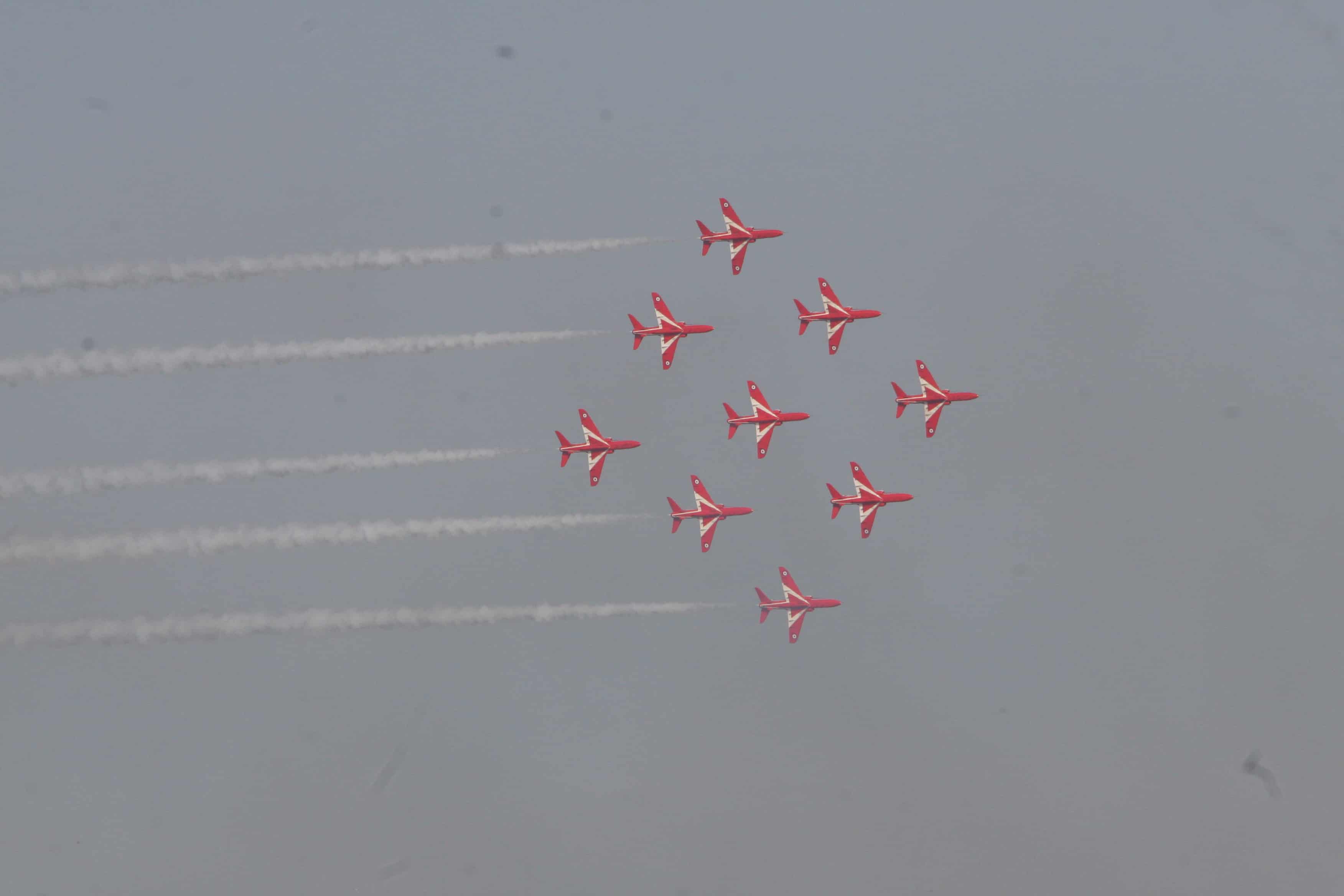
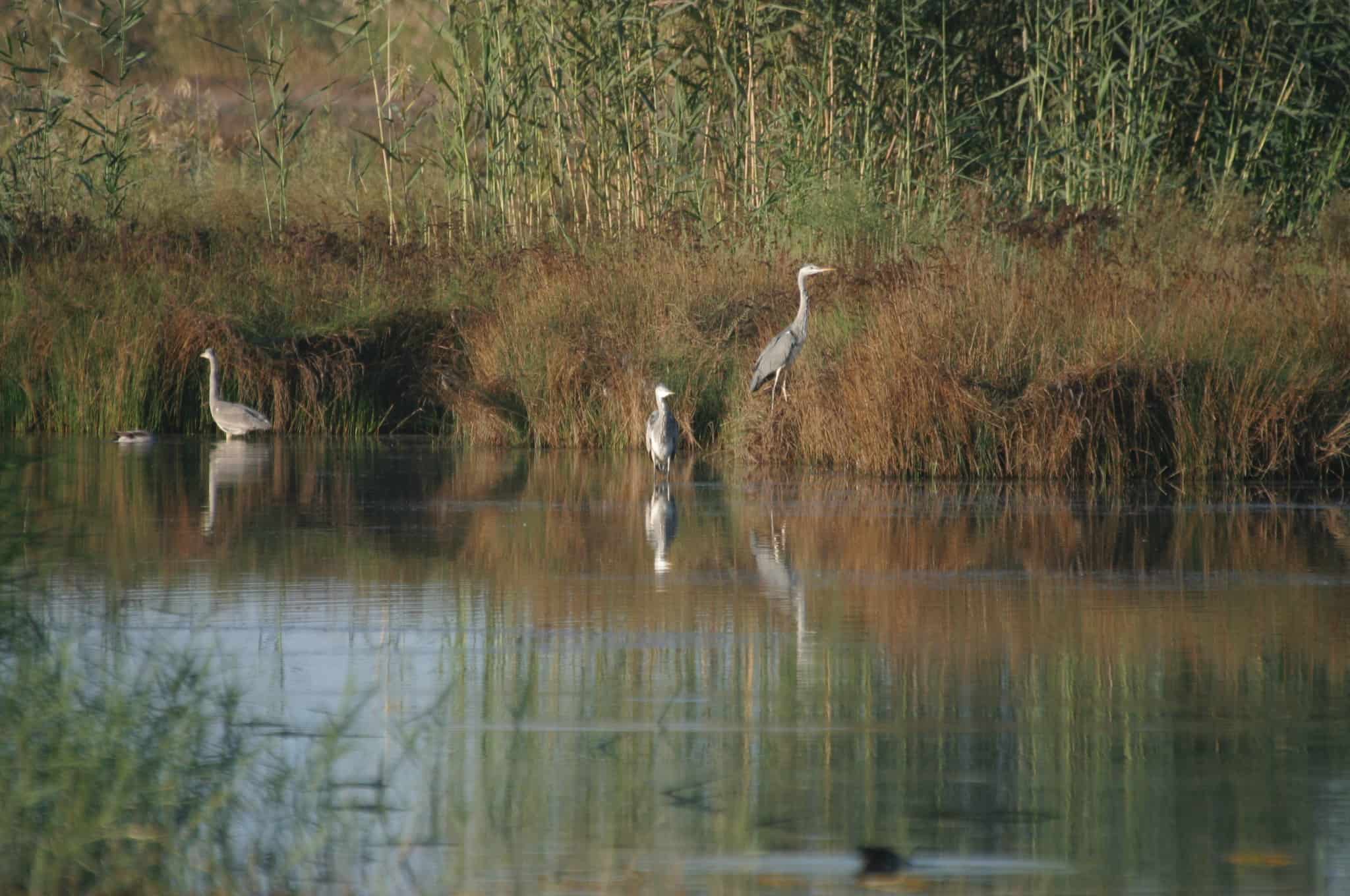
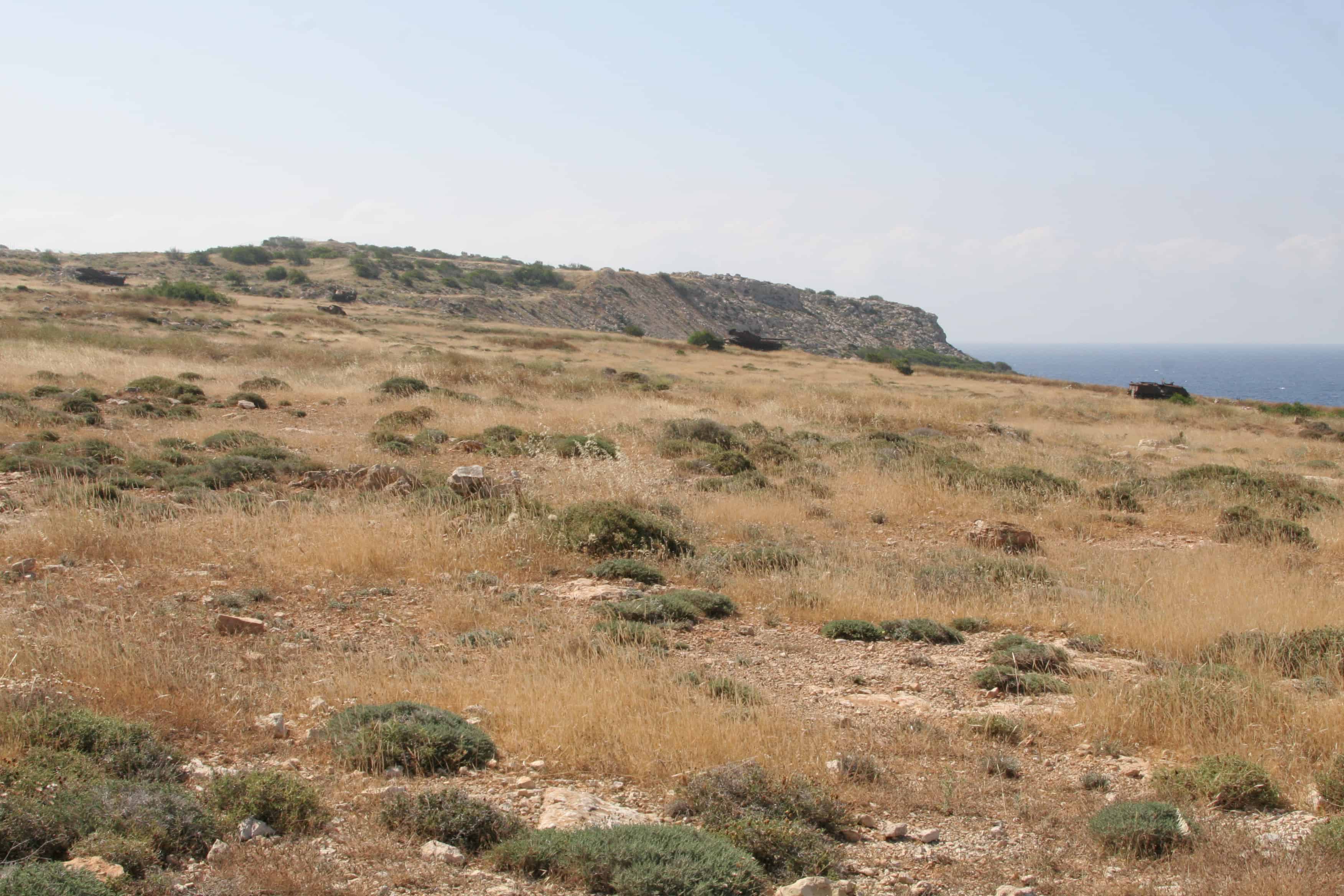
The SBAs cover 98 square miles, 47.5 around Akrotiri, the Western Sovereign Base Area (WSBA) and 50.5 around Dhekelia, the Eastern Sovereign Base Area (ESBA).
Key species and habitats
The SBAs comprise several habitats of key importance to biodiversity, including coastal lagoons that are rare in Cyprus: salt marshes; sand-dune systems; reed beds; and lowland maquis shrubland, as well as extensive sections of coastline. Many of these habitats are restricted to the WSBA around Akrotiri. This area of the Salt Lake, the largest wetland on the island, is a Ramsar Wetland Site of International Importance.
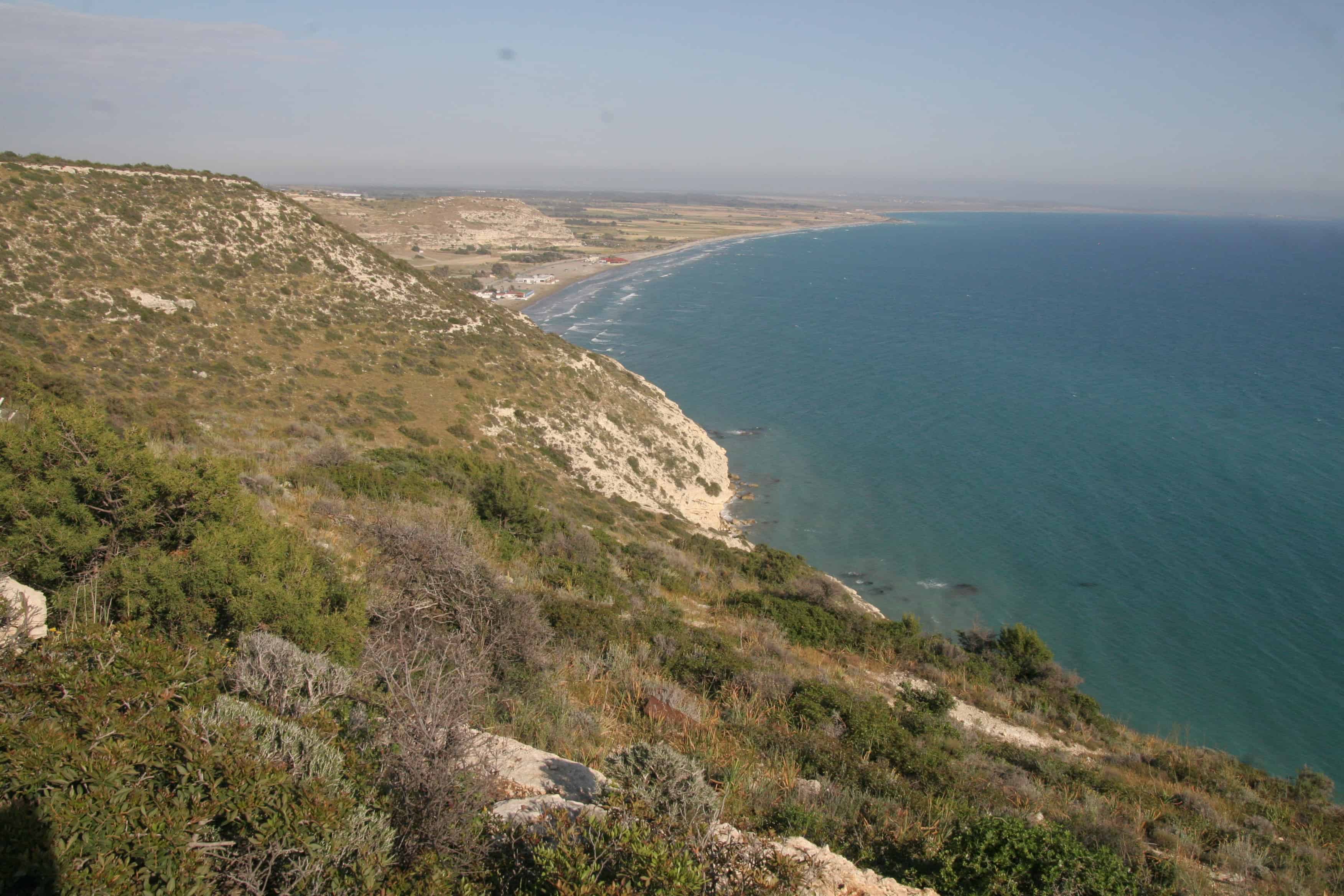
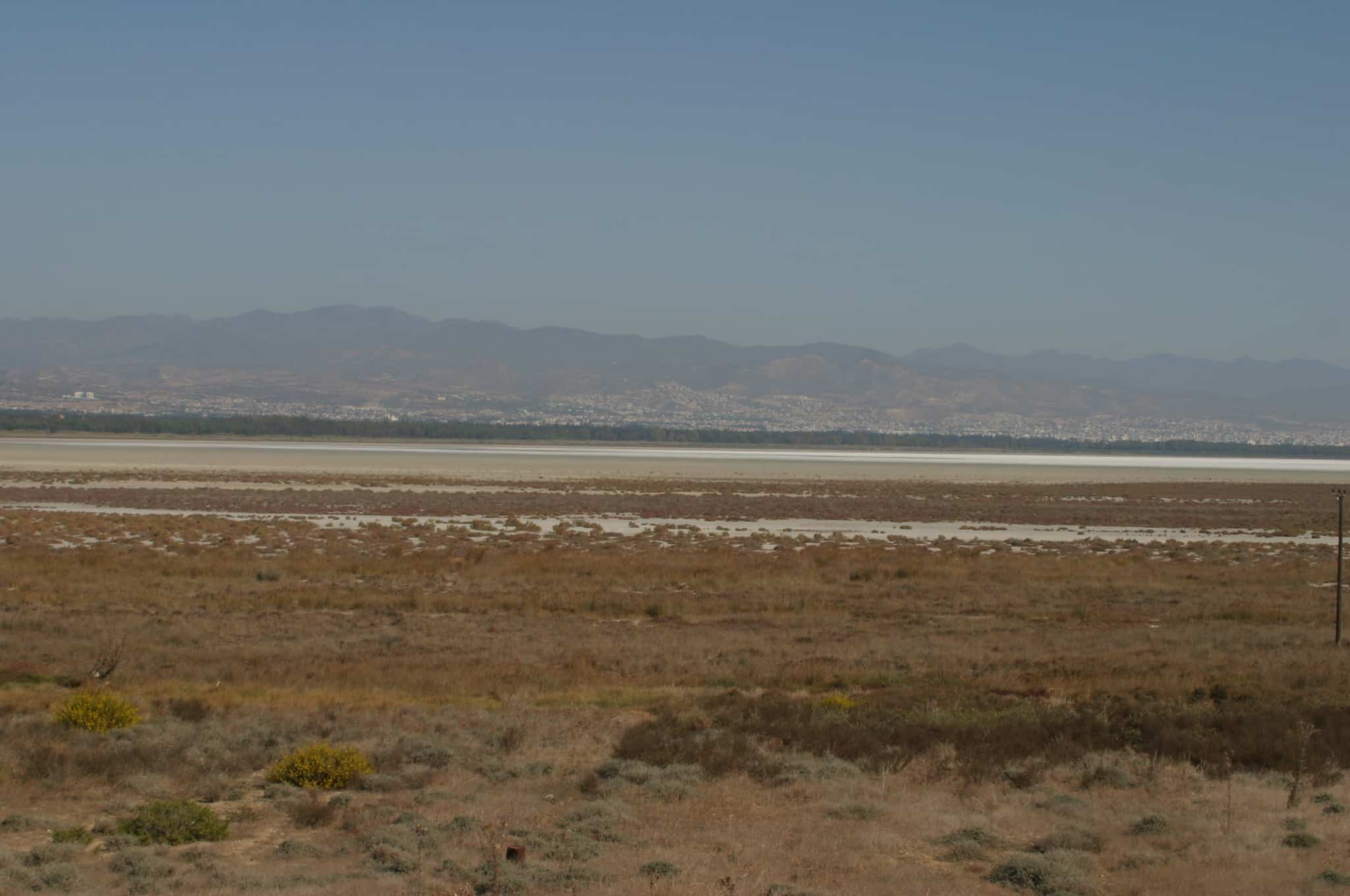
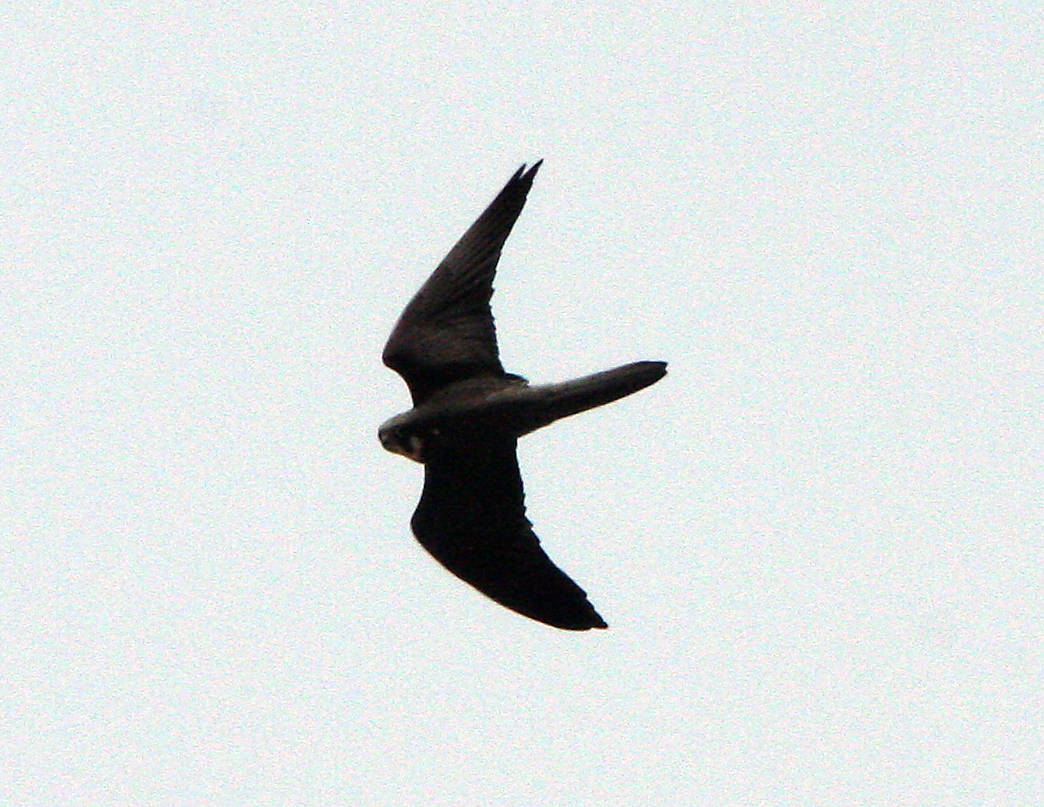
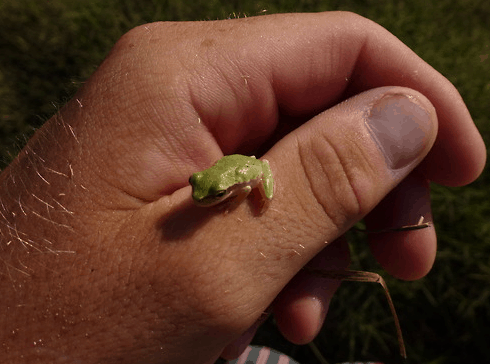
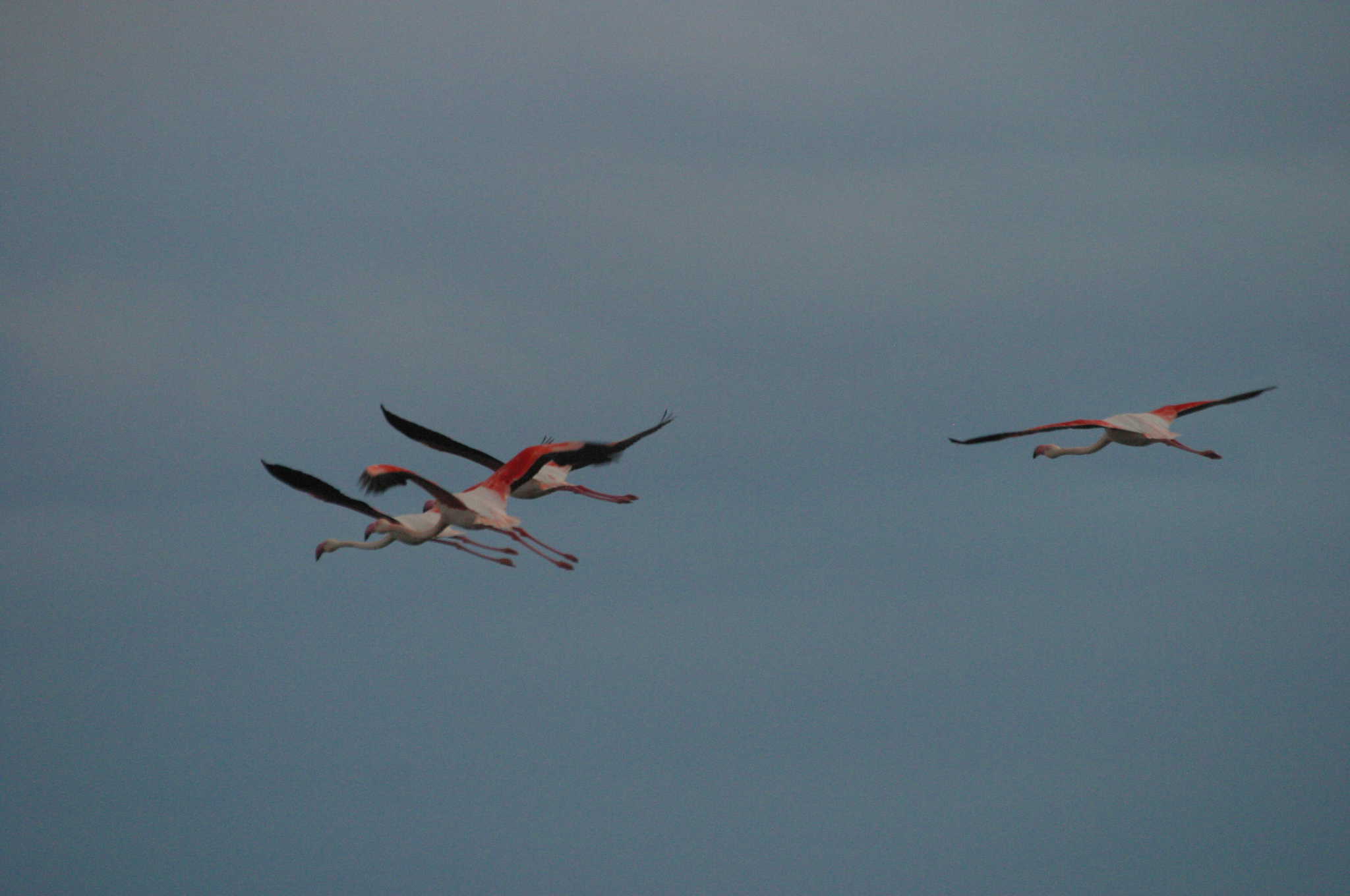
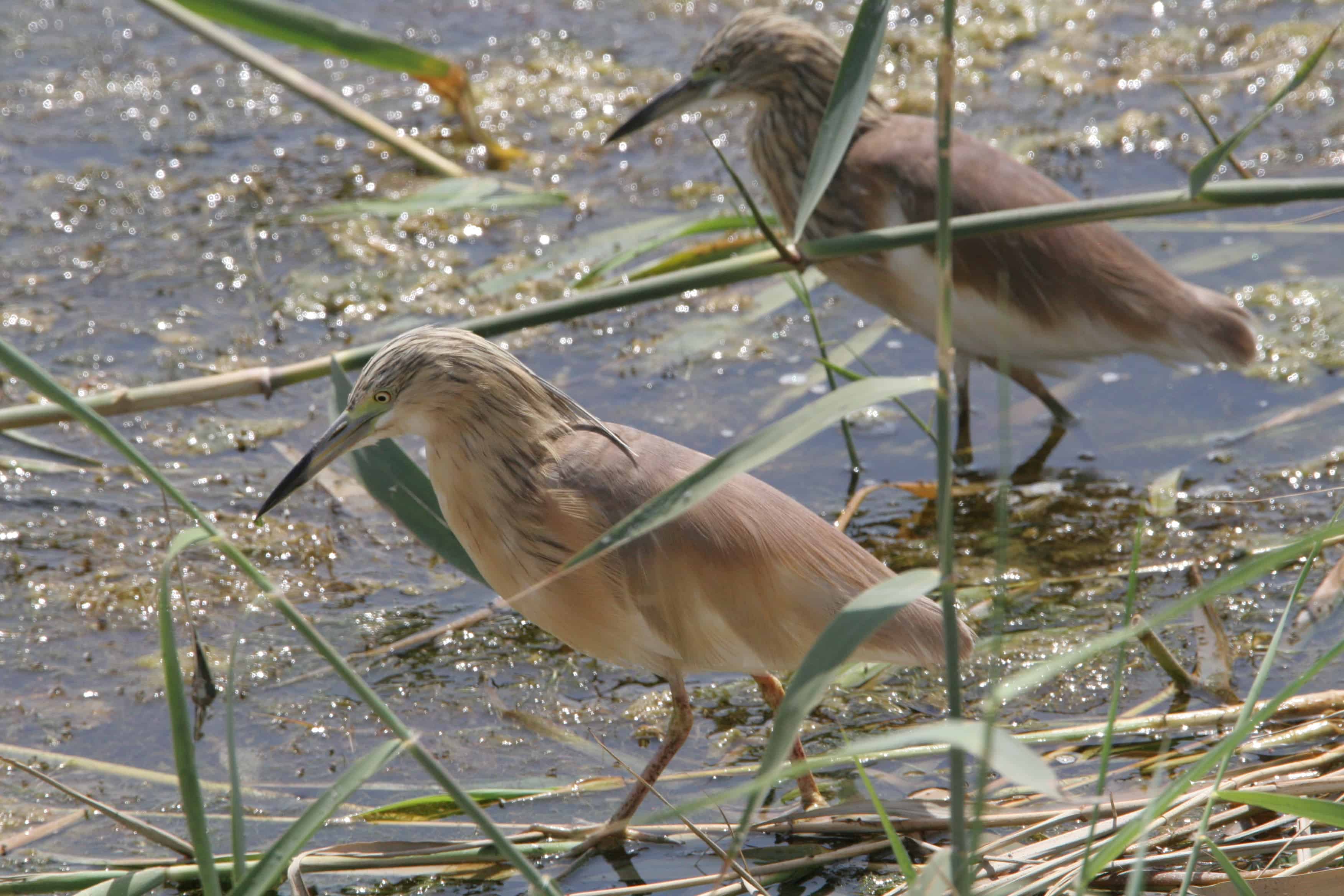
The only remaining colony of griffon vultures on Cyprus is on the cliffs at Episkopi in the WSBA, and there is a large colony of Eleanora’s falcons both here and on the cliffs bordering the Royal Air Force station at Akrotiri.
Rare endemic orchids and various reptiles, e.g. Schreiber’s fringe-fingered lizard, and amphibians, e.g. green tree frog, are also found within the Bases. Over 18 species of bats are found in the SBAs. The caves at Akrotiri and Episkopi contain colonies of the Egyptian fruit bat, the largest bat species found in Europe.
Akrotiri Salt Lake provides a wintering area for up to 30,000 greater flamingos and is an important staging area for cranes, migrant waders (e.g. black-tailed godwit), migrant songbirds (e.g. blackcap) and birds of prey.
Threats
Shooting in both the ESBA and WSBA, particularly around Akrotiri Salt Lake, and netting and trapping of small migrant song-birds on migration in the ESBA in spring and autumn are major challenges. These practices are illegal in both the Republic of Cyprus and the SBAs (whose laws mirror those of the Republic).
Sixteen species of tiny birds are cooked and sold as a delicacy in Cypriot restaurants and exported to Cypriot communities overseas (a dish known as ambelopoulia). An estimated 8 million European songbirds are killed each year. This problem still persists despite numerous campaigns including from BirdLife Cyprus, supported by UKOTCF and others, to end it.
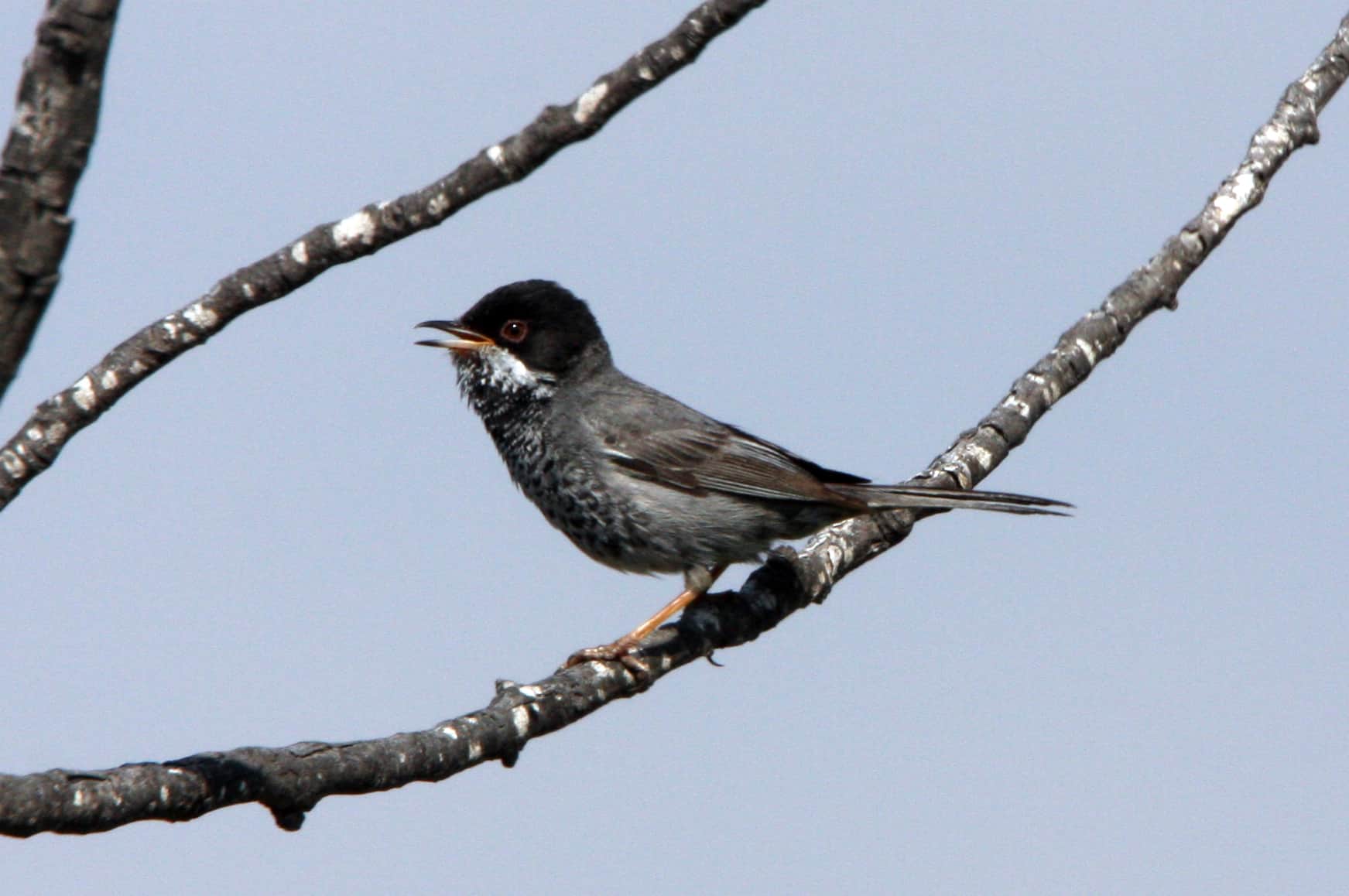
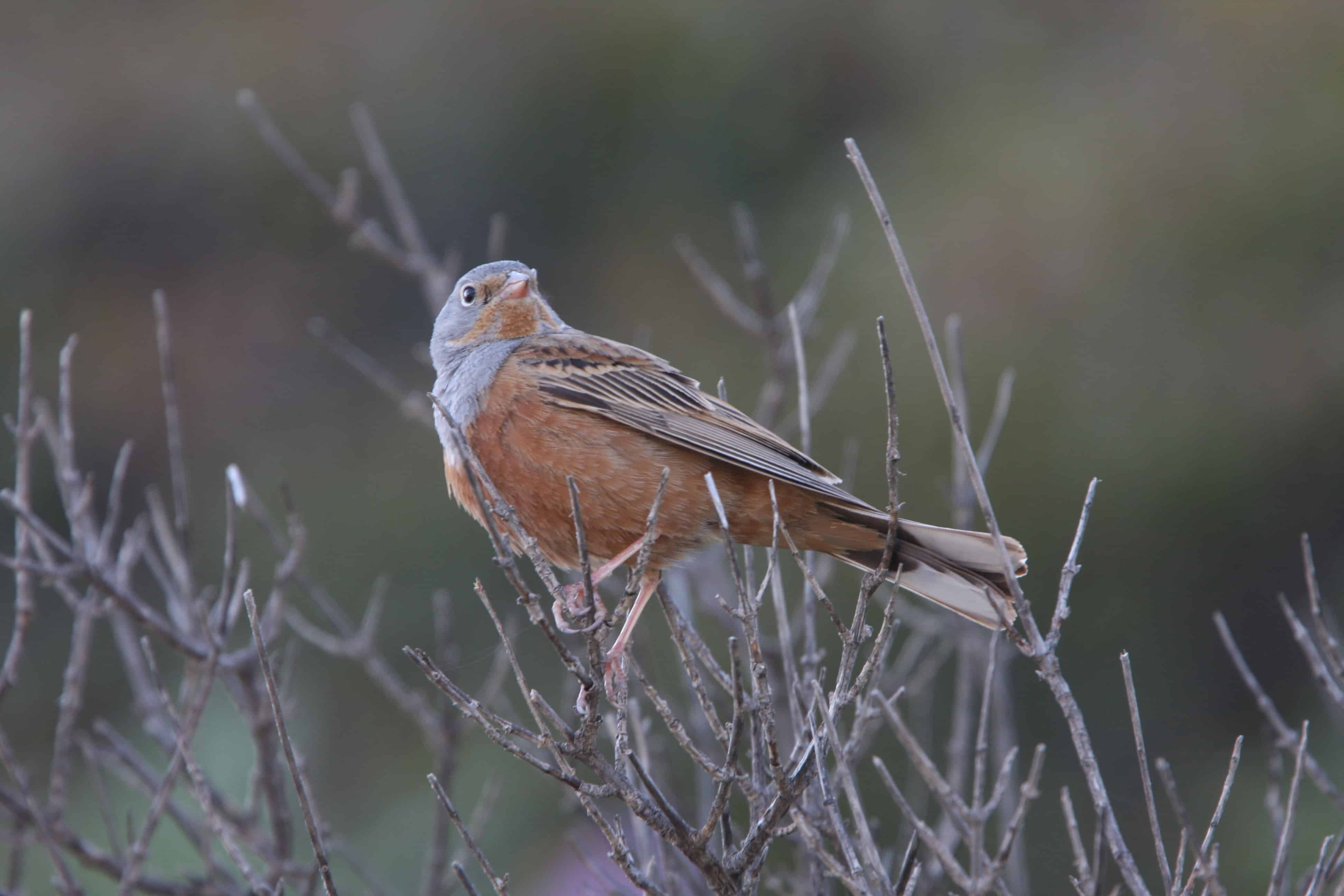
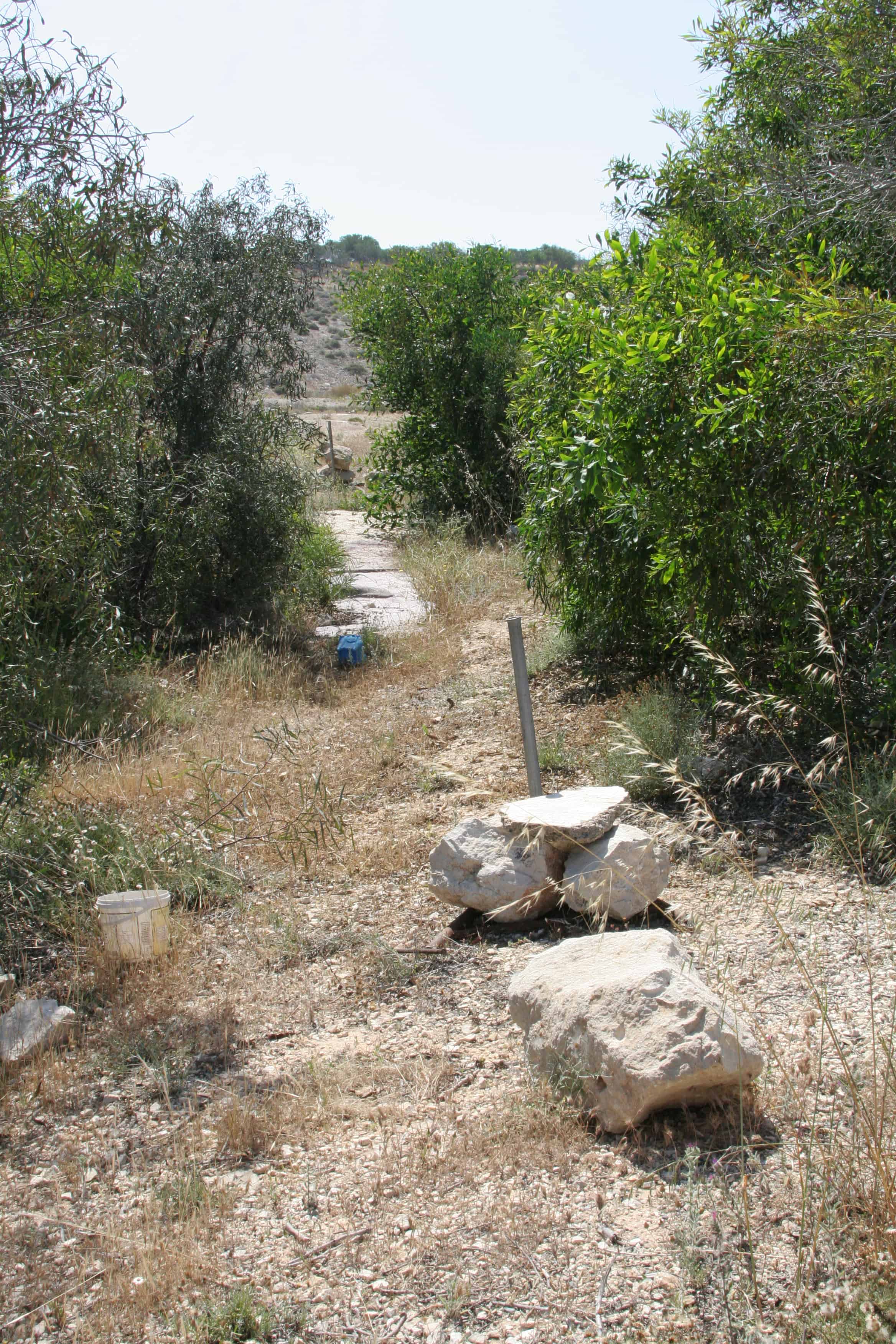
There have been suggestions, in recent years, that the SBAA might adopt a more relaxed attitude to industrial and other development in the SBAs. UKOTCF and other conservation bodies expressed concern, especially because – unlike most other UKOTs – persons living in the SBAs are deemed to be citizens of the Republic of Cyprus, rather than of the SBAs. There could therefore be less opportunity for comment and objection by civil society. The UK Ministry of Defence has indicated that safeguards will be put in place to allow for full consultation by interested parties, and the conservation bodies look forward to receiving these proposals.
The beaches within both the ESBA and the WSBA are significant breeding sites for both loggerhead and green turtles. Loggerheads are the commoner of the two breeding species. Conservation projects aiming to improve their breeding success have been running since the 1990s. Nesting beaches are monitored to find and protect nest sites from predators and human disturbance. Hatching success is recorded. The information gathered is used to inform conservation policy decision-making.
Conservation and local bodies
The SBA Environmental Department was established in 2002. In common with other departments of the SBAA, it seeks to replicate as far as possible the legislation of the Republic of Cyprus which, as an EU Member State, must meet requirements of the Birds and Habitats Directive. This policy of matching Repubic legislation is in accordance with HMG’s 1960 Declaration on the Administration of the SBAs.
The SBAs are included in UK’s ratifications of many international conventions. Some of the unique habitats are designated protected areas, with statutory obligations to protect and conserve.
The Akrotiri Environment Education Centre was established in 2004 to promote the significance and unique natural and cultural heritage (e.g. traditional basket weaving) of the Akrotiri Peninsula through educational programmes and exhibits. The centre offers environmental education programmes to school groups from all over Cyprus and welcomes over 10,000 visitors per year.
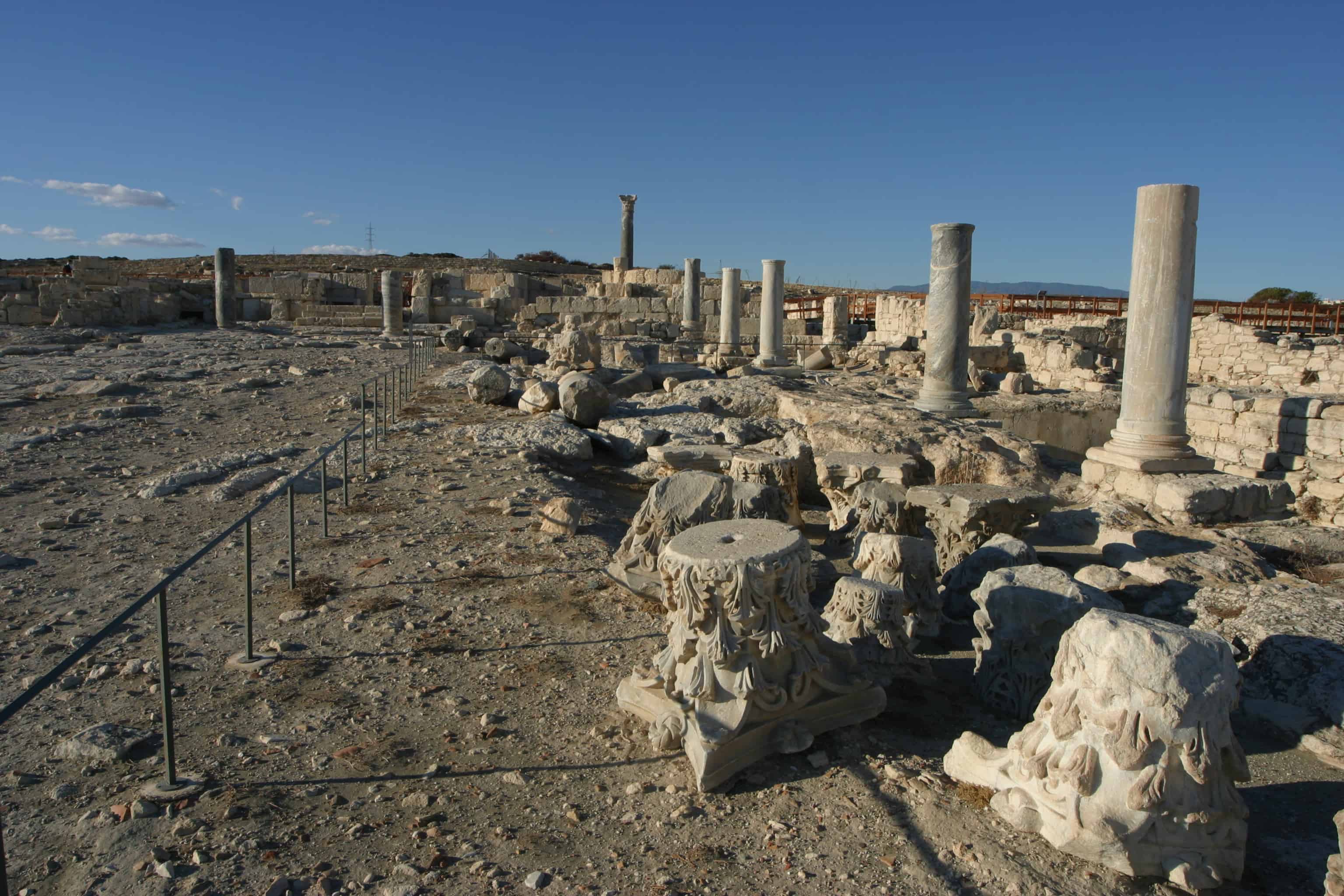
Recently, the Centre and associated bird hide were restored and a wetland restoration project took place.
Other key governmental and non-governmental bodies involved in nature conservation in the SBAs are:
